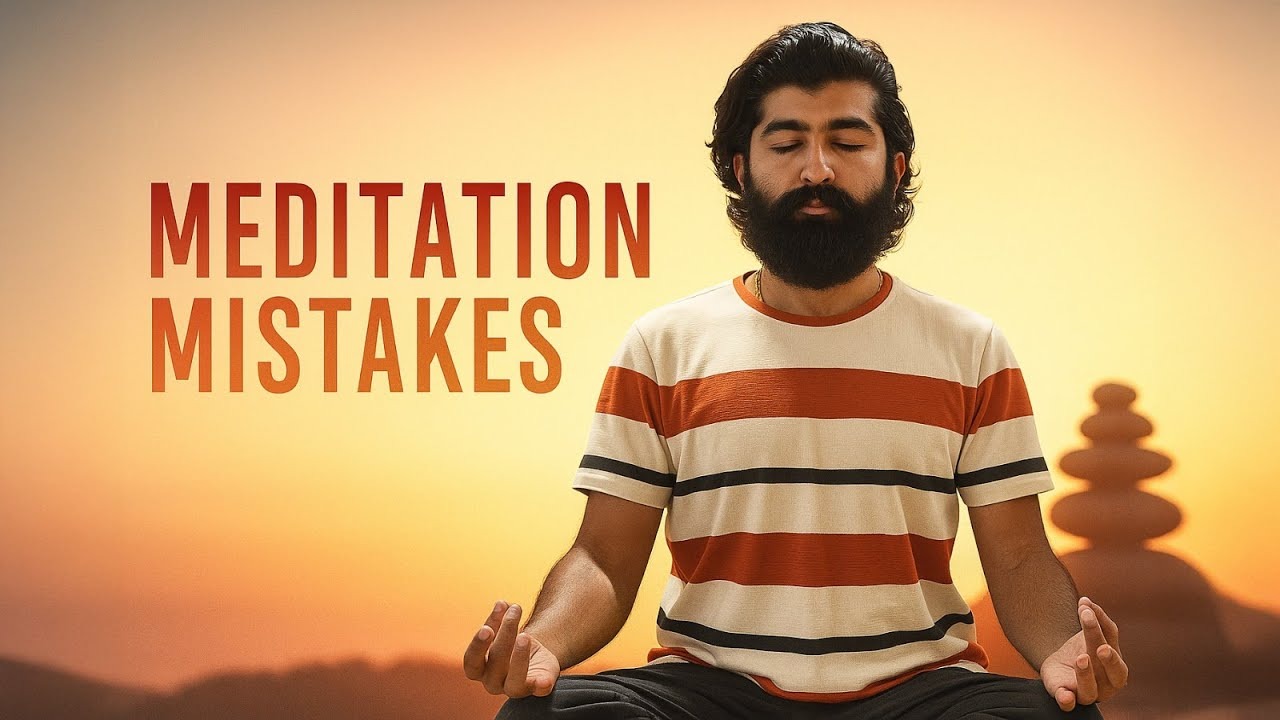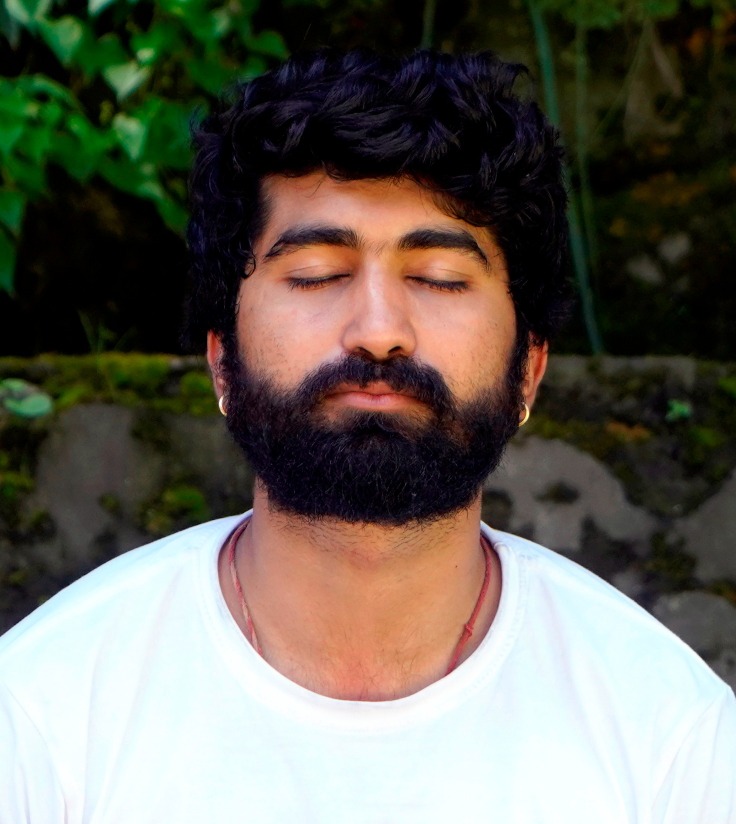Meditation is not just about sitting quietly with closed eyes—it’s about creating the right inner and outer environment to support stillness of the mind. Many practitioners struggle because they overlook everyday habits that silently disrupt their meditation practice.
From the food you eat to the media you consume, even your smartphone habits—all play a crucial role in whether your meditation is peaceful or restless. In this post, we’ll explore practical, yogic, and science-backed insights on how to avoid these pitfalls and build a supportive lifestyle for your spiritual journey.
🍽️ Sattvic Food: The Foundation of a Calm Mind
In yogic tradition, food is classified into three categories:
- Sattvic (pure, light, calming) – fruits, vegetables, nuts, whole grains, milk
- Rajasic (stimulating, restless) – spicy food, caffeine, fried items
- Tamasic (heavy, dulling) – stale food, alcohol, meat, overly processed items
💡 My own experience: When I shifted from late-night heavy meals to light, sattvic dinners—fruits and warm milk—my meditation sessions became noticeably calmer, with fewer distracting thoughts.
Why it matters: Modern studies confirm that light, easily digestible food reduces metabolic strain, leaving more energy for the mind. By choosing sattvic foods, you prepare the mind for silence.
🧠 Mental Inputs: Protecting the Mind from “Enemy” Thoughts
Just as food nourishes the body, media nourishes the mind. Violent movies, crime scenes, or even heated arguments leave behind disturbing impressions. These impressions resurface as “enemy” thoughts during meditation, pulling focus away from stillness.
🕉️ Expert Insight: Ancient yogic texts emphasize pratyahara (withdrawal of senses) as essential preparation for meditation. In today’s world, that translates to being mindful of what kind of media you consume.
✨ Tip: Replace late-night crime shows with soothing devotional stories or uplifting books.
🎵 Music and Sound: Preparing the Brain for Stillness
Science shows that sound vibrations influence brainwaves. Harsh, loud music like heavy rock excites the brain, while soft chants calm it. Sanskrit shlokas or mantras are especially powerful because of their vibrational harmony with the nervous system.
🌿 Practical Step: Before meditation, listen to 5–10 minutes of Sanskrit chants (like the Gayatri Mantra). You’ll notice your breath and thoughts naturally slow down.
📵 Digital Detox: The 40-Minute Rule
Smartphones are the biggest obstacle to concentration today. Notifications trigger curiosity, split attention, and leave behind subtle agitation.
👉 That’s why experts recommend a 40-minute phone-free window before and after meditation.
💡 Personal Tip: Keep your phone in another room during practice. If you must use it as a timer, put it on airplane mode.
🚫 Identifying “Enemy” Distractions
“Enemy thoughts” are those little mental hooks—worry about work, replaying an argument, curiosity about a new notification. If you don’t recognize them, they multiply during meditation.
✔️ Awareness is the key. The moment you notice these thoughts, gently let them go and return to your breath or mantra.
🧘 Practical and Accessible Tips
What makes these recommendations powerful is their simplicity:
- Choose sattvic food.
- Avoid violent or disturbing media.
- Listen to calming, spiritual music.
- Stay phone-free before and after practice.
- Recognize and release “enemy” thoughts.
You don’t need advanced techniques—just mindful choices in daily life. These practices create the mental clarity and inner stability meditation requires.
🛡️ Building Trust on the Path of Meditation
I share these practices from both yogic wisdom and personal application. As a yoga teacher and spiritual guide, I’ve seen countless students struggle with distraction until they adjusted their food, media, and digital habits. Once these changes were made, their meditation deepened naturally.
👉 Always remember: Meditation is not about fighting thoughts—it’s about cultivating the right environment for the mind to settle on its own.
✅ Conclusion
Meditation flourishes when supported by a sattvic lifestyle. By eating pure food, consuming uplifting media, listening to calming sounds, and creating digital boundaries, you transform meditation from a struggle into a joy.
So the next time you sit for practice, ask yourself: What am I feeding my body, mind, and senses today?
Because what you consume—physically, mentally, and digitally—shapes the quality of your meditation.

